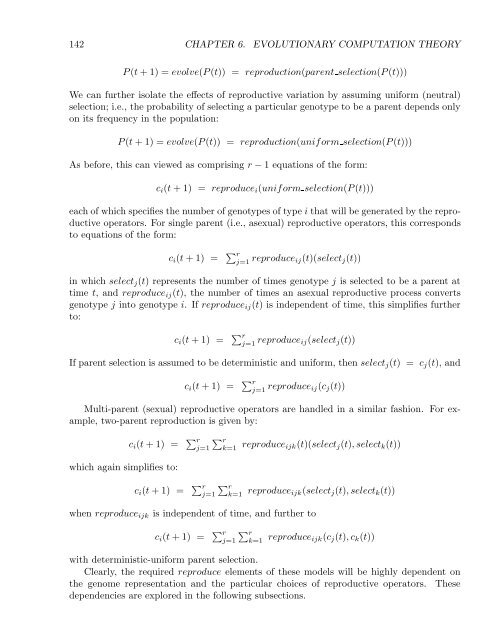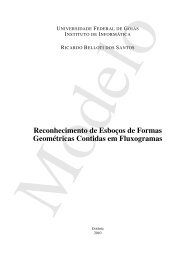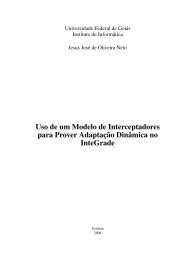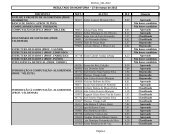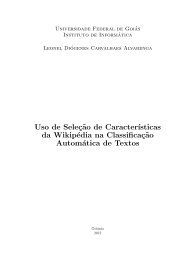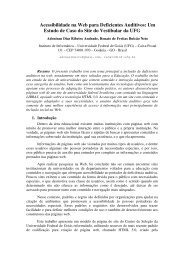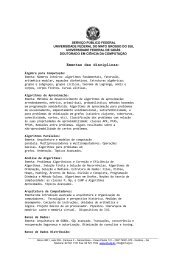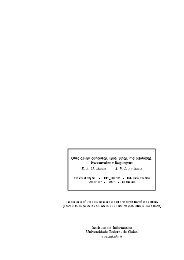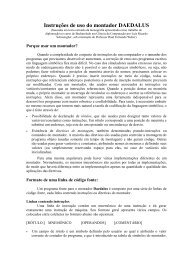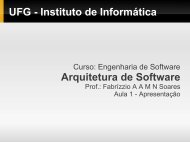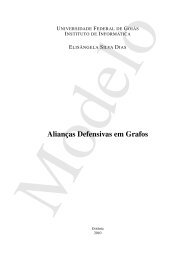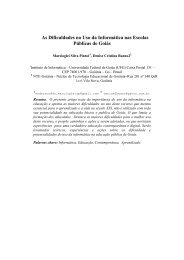Evolutionary Computation : A Unified Approach
Evolutionary Computation : A Unified Approach
Evolutionary Computation : A Unified Approach
Create successful ePaper yourself
Turn your PDF publications into a flip-book with our unique Google optimized e-Paper software.
142 CHAPTER 6. EVOLUTIONARY COMPUTATION THEORY<br />
P (t +1)=evolve(P (t)) = reproduction(parent selection(P (t)))<br />
We can further isolate the effects of reproductive variation by assuming uniform (neutral)<br />
selection; i.e., the probability of selecting a particular genotype to be a parent depends only<br />
on its frequency in the population:<br />
P (t +1)=evolve(P (t)) = reproduction(uniform selection(P (t)))<br />
As before, this can viewed as comprising r − 1 equations of the form:<br />
c i (t +1) = reproduce i (uniform selection(P (t)))<br />
each of which specifies the number of genotypes of type i that will be generated by the reproductive<br />
operators. For single parent (i.e., asexual) reproductive operators, this corresponds<br />
to equations of the form:<br />
c i (t +1) =<br />
∑ r<br />
j=1 reproduce ij(t)(select j (t))<br />
in which select j (t) represents the number of times genotype j is selected to be a parent at<br />
time t, andreproduce ij (t), the number of times an asexual reproductive process converts<br />
genotype j into genotype i. Ifreproduce ij (t) is independent of time, this simplifies further<br />
to:<br />
c i (t +1) =<br />
∑ r<br />
j=1 reproduce ij(select j (t))<br />
If parent selection is assumed to be deterministic and uniform, then select j (t) = c j (t), and<br />
c i (t +1) =<br />
∑ r<br />
j=1 reproduce ij(c j (t))<br />
Multi-parent (sexual) reproductive operators are handled in a similar fashion. For example,<br />
two-parent reproduction is given by:<br />
c i (t +1) =<br />
∑ r<br />
j=1<br />
∑ r<br />
k=1 reproduce ijk(t)(select j (t), select k (t))<br />
which again simplifies to:<br />
c i (t +1) =<br />
∑ r<br />
j=1<br />
∑ r<br />
k=1 reproduce ijk(select j (t), select k (t))<br />
when reproduce ijk is independent of time, and further to<br />
c i (t +1) =<br />
∑ r<br />
j=1<br />
∑ r<br />
k=1 reproduce ijk(c j (t),c k (t))<br />
with deterministic-uniform parent selection.<br />
Clearly, the required reproduce elements of these models will be highly dependent on<br />
the genome representation and the particular choices of reproductive operators. These<br />
dependencies are explored in the following subsections.


